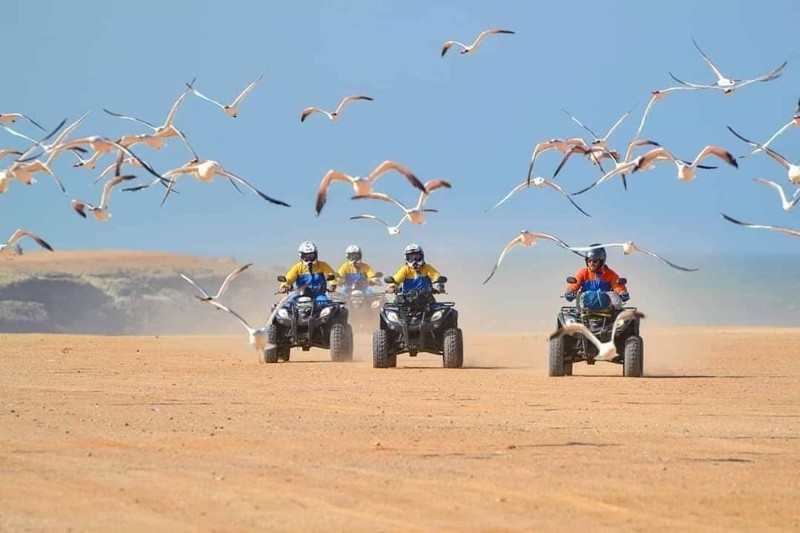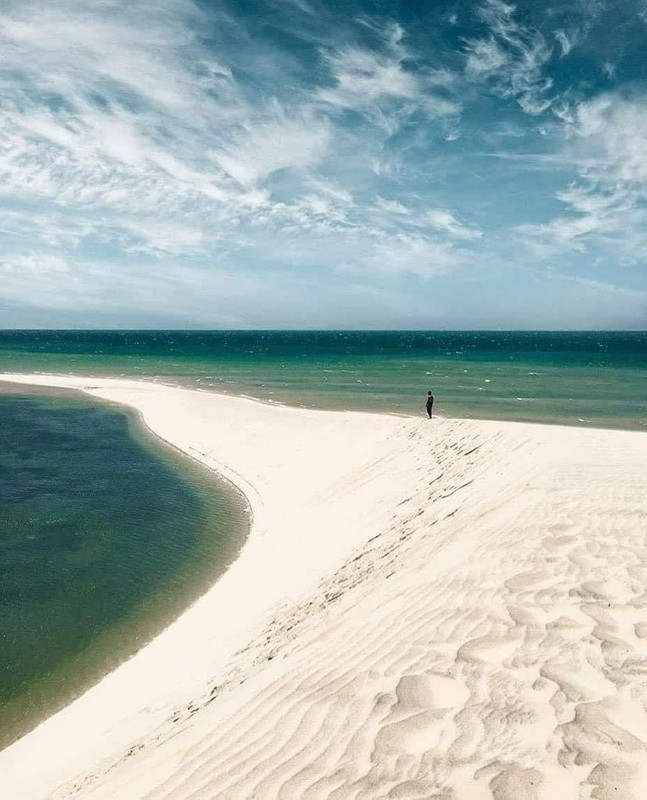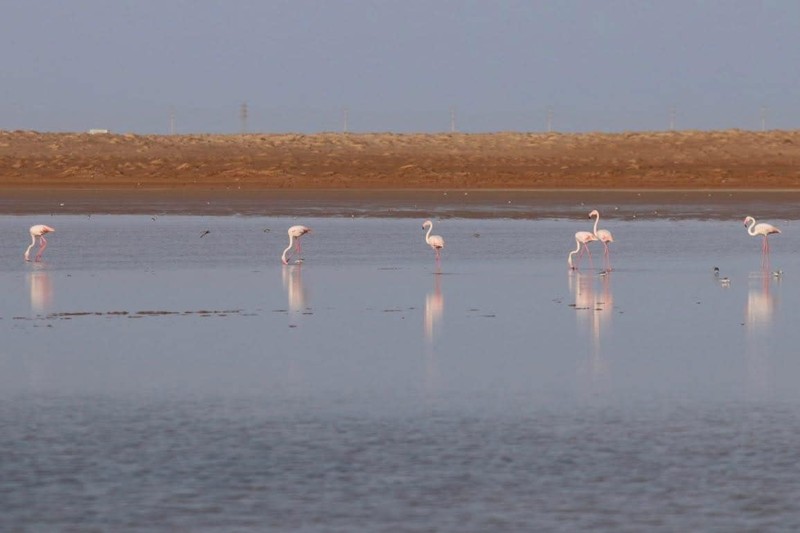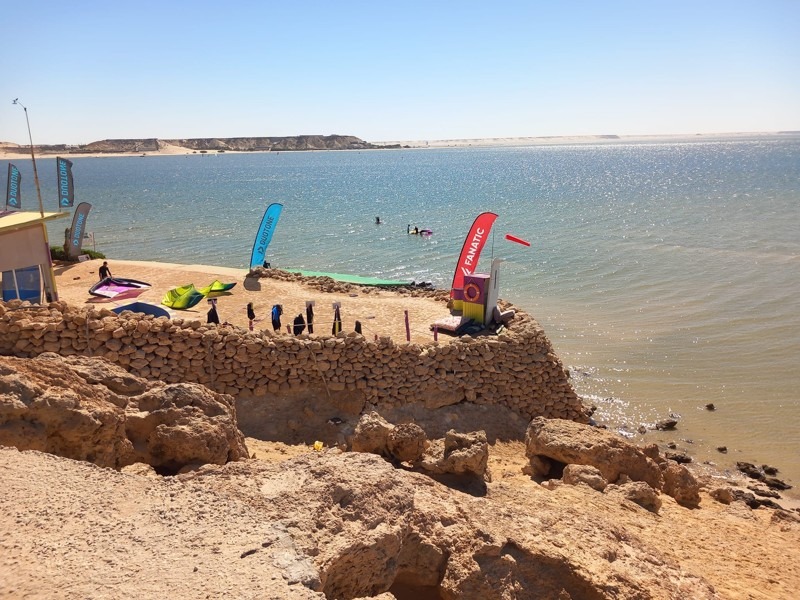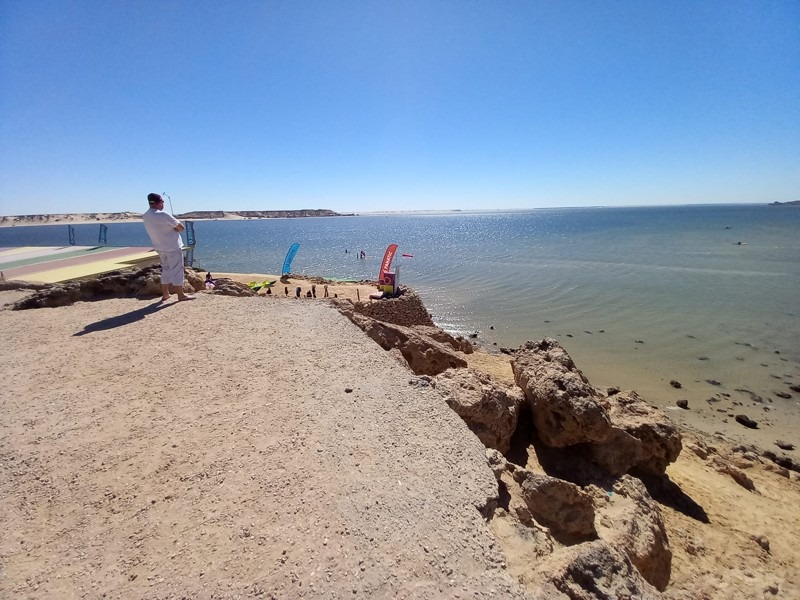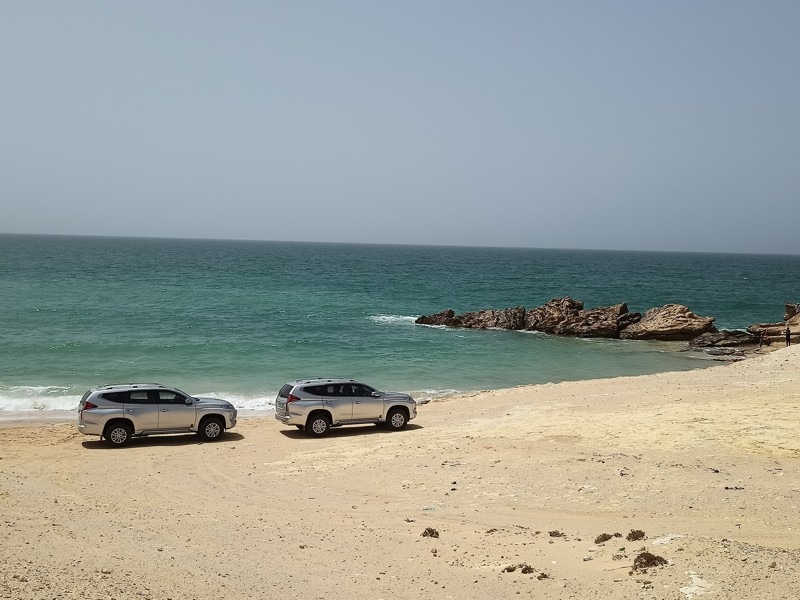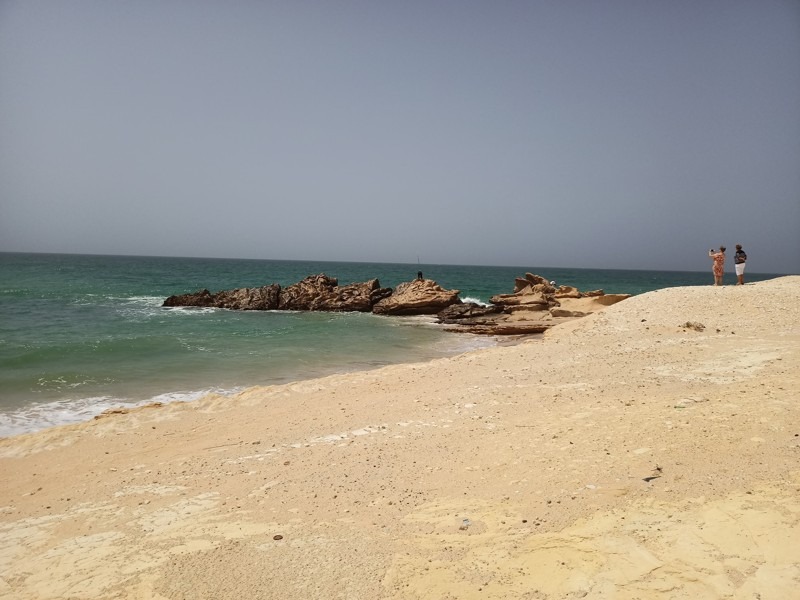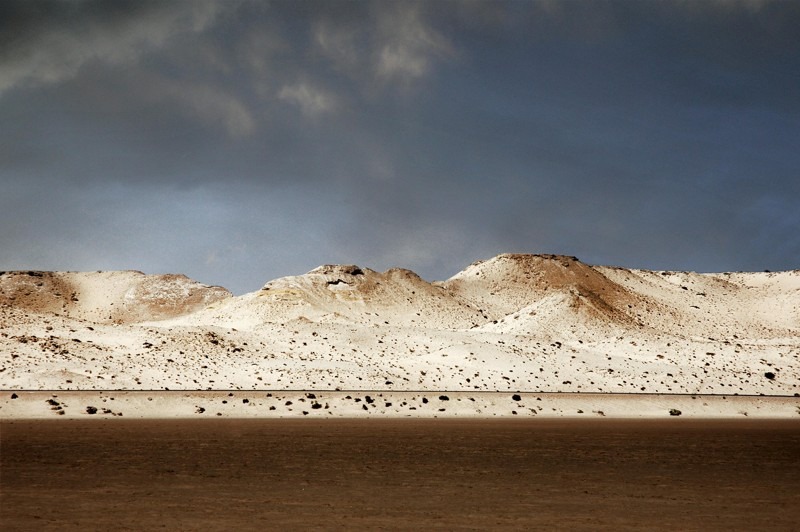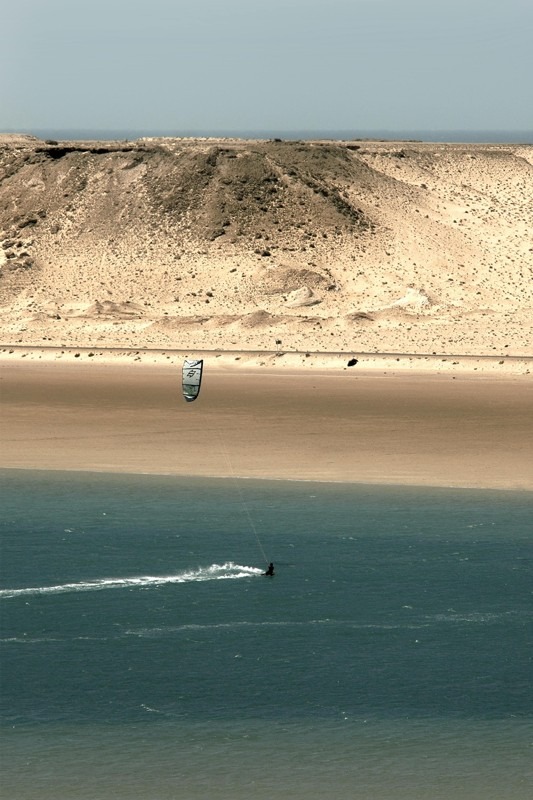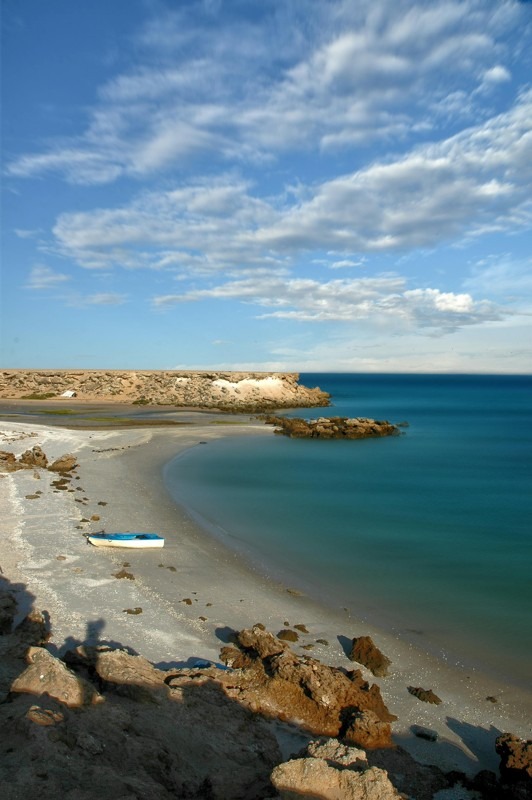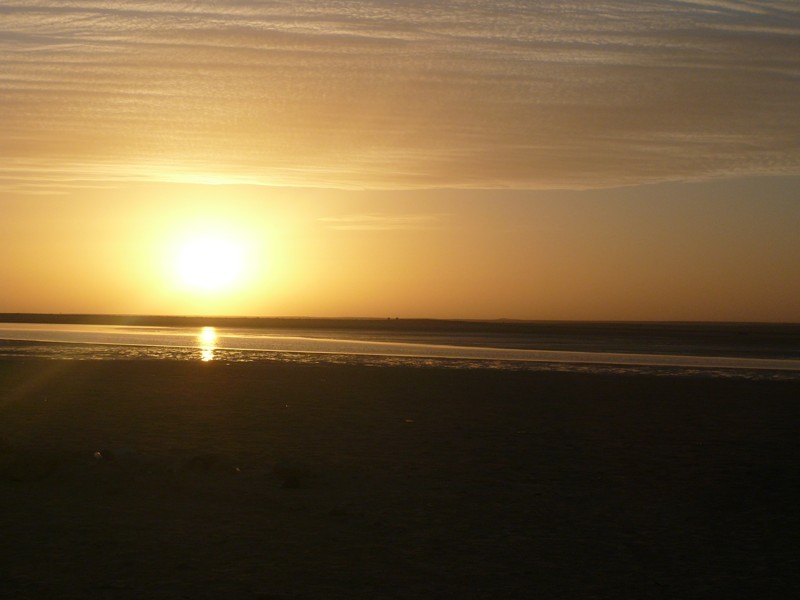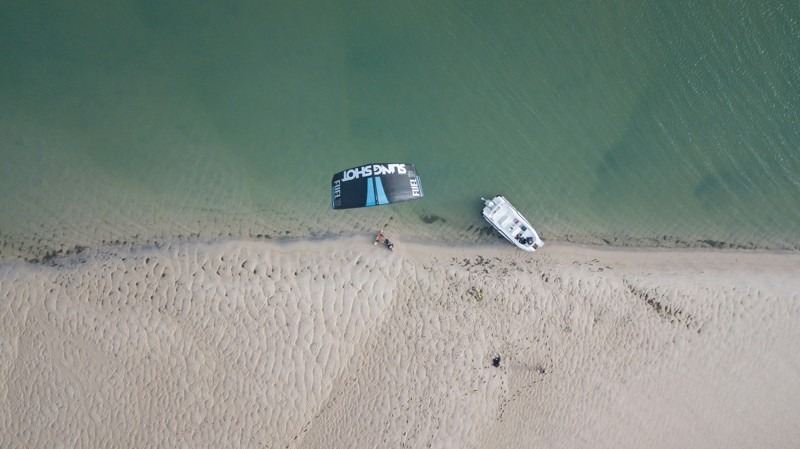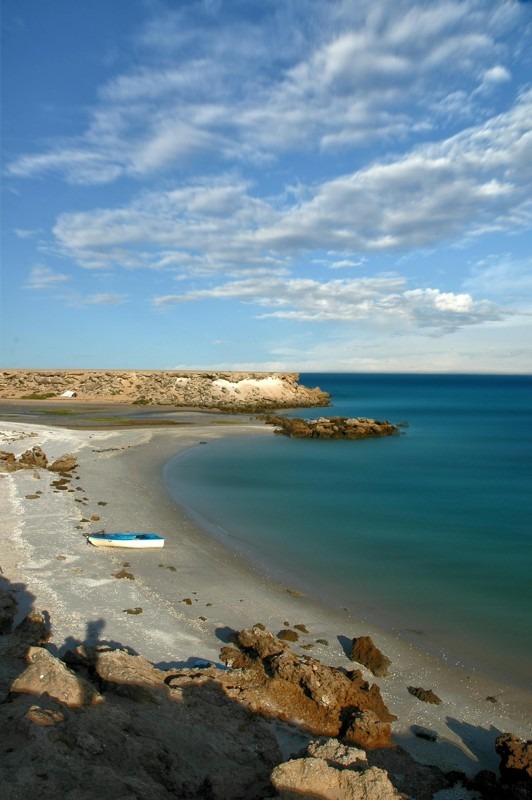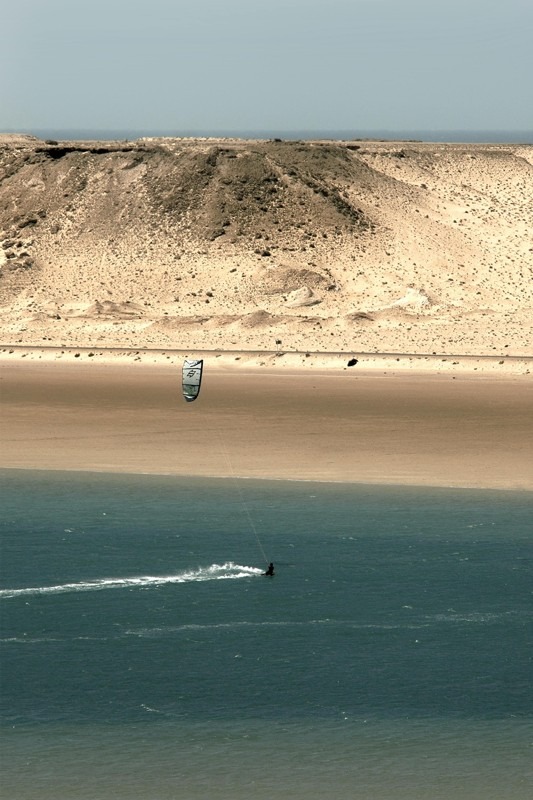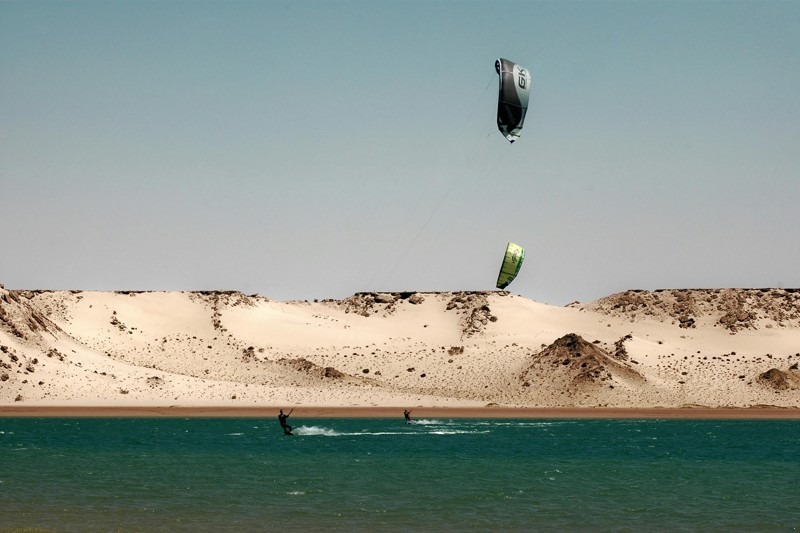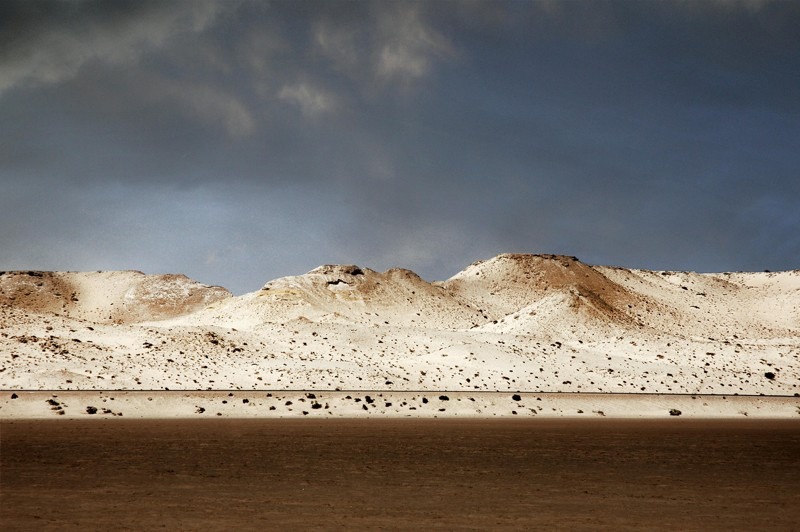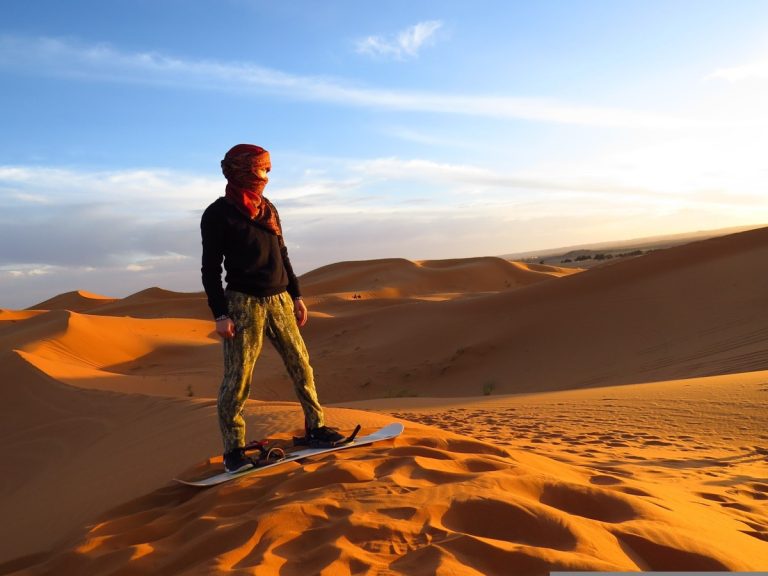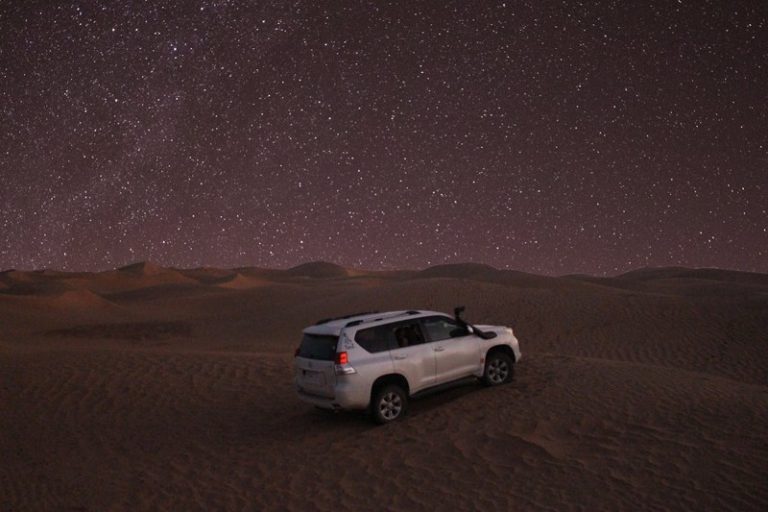Kitesurfing in Dakhla, the Morocco’s wind paradise!
Kitesurfing in Dakhla is a kitesurfer’s paradise! The first time I caught a blast of wind on Dakhla’s vast turquoise lagoon, my kite carrying me across the smooth water like a wild horse, I knew I’d discovered a slice of heaven for wind enthusiasts.
As a Moroccan who has chased waves from Essaouira to Taghazout before succumbing to the draw of the Sahara’s edge, Dakhla has a way of sneaking into your spirit. Tucked away on an isolated peninsula in Moroccan Western Sahara, this location feels like the world’s best-kept secret, with 300 days of wind every year turning a simple vacation into an addiction.
If you’re considering Kitesurfing in Dakhla as your next big adventure, this guide draws on my experience slicing through the lagoon’s flatwater and evading Atlantic swells, as well as accounts from other riders who’ve mastered the sport here.
From the large, shallow lagoon that allows novices to glide fearlessly to wave places that test pros, I’ll explain why Dakhla is a Kitesurfing paradise and how to get started—gear, lessons, and spots included.
Why Kitesurfing in Dakhla? The Allure of This Desert Lagoon
Dakhla isn’t just a destination; it’s a kiter’s fever dream. Picture this: a 45-kilometer-long lagoon, shallow enough for safe foiling and deep pockets for freestyle tricks, sheltered from the Atlantic’s fury but close enough for wave action when the mood strikes.
I’ve spent days here, my board slicing through choppy sections while thermal winds kick up to 20-30 knots in peak season (April to October, with July-August as the sweet spot for consistent blasts).
Even off-season, like my December trip, you get 14-22 knots—enough to shred without the European crowds swarming the camps.
What sets Dakhla apart? Dakhla is characterized by its natural and unprocessed beauty. In place of skyscraping hotels, the dunes are scattered with eco-lodges and kite camps that combine Berber hospitality with a fascination with wind sports.
I remember arriving after a bumpy 30-minute airport transfer, the Sahara stretching endlessly, and thinking, “This is where the world ends—and kiting begins.”
For beginners, the lagoon’s forgiving shallows mean you can learn without white-knuckle wipeouts.
Pros? Downwinders to White Dunes or speed runs at PK 25 feel like flying over Mars. And when the wind dies? Experience the enchantment with quad tours through fossil mines or enjoy a breathtaking sunset camel ride.
Dakhla transcends the mere act of Kitesurfing; it embodies the exhilarating freedom discovered at the enchanting intersection of desert and sea.
Dakhla Medina: A Quiet Cultural Escape
The lagoon of Dakhla is the source of its fame, but the Dakhla medina provides a quiet cultural respite amidst the focus on wind.
This modest old town, a short 30-minute drive from the kite spots, feels worlds away from the camps’ buzz. I wandered its dusty streets one calm afternoon, past whitewashed houses trimmed in blue (a nod to Andalusian roots), and stumbled into a market selling fresh dates and handmade silver jewelry. It’s not the labyrinthine maze of Fes, but that’s the charm—authentic, unhurried, with locals making mint tea in hidden courtyards.
Stop by the small mosque or a Berber cooperative for rugs woven with stories of nomadic life; I picked up a simple scarf for 50 dirhams ($5) after a friendly haggle.
Time to spend: 1-1.5 hours.
Entry: Free (souvenirs $3-$15).
Travel time: $5 taxi from lagoon camps.
Tip: Go mid-morning to chat with vendors over coffee—it’s a perfect windless-day palate cleanser before heading back to the water.
Dakhla’s restaurants: Fueling Up with Ocean Views
After a session on the lagoon, enjoying a meal while overlooking the waves is an unparalleled experience. Dakhla’s restaurants lean into fresh seafood and Berber twists, often at camps or beach shacks. My standout was at PK 25, where I devoured grilled sardines dusted with cumin ($8), the chef’s story of fishing the Atlantic adding flavor.
For something heartier, try tagine at the camp’s communal table—slow-cooked lamb with dates that melts in your mouth.
Off-lagoon, the medina’s casual spots, like a harborside café, serve camel milk shakes ($3), touted for health benefits (rheumatism relief, apparently). Veggie options? The camps shine with lentil stews and flatbreads.
Top picks:
Tip: Camps include meals in packages, saving you hassle—perfect for focusing on kiting.
Dakhla Attractions: Beyond the Kite
The best part of the trip is Kitesurfing, but Dakhla’s other attractions are even better. The lagoon is beautiful. It has 45 km of turquoise flatwater that is shallow enough for starting but can get up to 1 m deep in some places. Tidal changes make the water intriguing for foiling or doing tricks without straps. I spent the morning at the speed spot, 13 km downwind of glassy parts where flamingos could be seen on the horizon.
Take a 30-minute drive to Oum Labouir (best from October to March) to find waves, where 3 M swells can challenge even seasoned surfers.
If you don’t feel like getting in the water, there are other options available. For just $20 to $30, you can go on a quad adventure through fossil mines and see trilobites that are 400 million years old.
For a more traditional desert feel, you can ride a camel at sunset for $15 an hour. Furthermore, don’t miss Sebkhet Imlily, a swamp south of town where you can watch birds like flamingos and herons in salt flats.
Standouts:
Tip: Winds die in mornings (December-January: 2-3 days/week at 15-20 knots)—use for these excursions.
Dakhla Accommodations: Camps and Eco-Lodges
Dakhla accommodations are kite-centric, with bungalows and lofts hugging the lagoon. PK 25, where I stayed, felt like a wind sports village—fresh bungalows, a surf shop, and massages for sore muscles ($20). For luxury, Caravan Dakhla by Habitas offers solar-powered lofts with rooftop bars ($150-$300/night). Budget? Kite House Dakhla’s shared tents ($50-$100) include lessons. All have WiFi (patchy in dunes), but expect sand everywhere—embrace it.
Top picks:
Tip: Fly Casablanca-Dakhla (2 hours, $50-$100 via Royal Air Maroc); book transfers ($10-$20).
Practical Tips for Kitesurfing in Dakhla
From my sessions and rider chats:
FAQs for Kitesurfing in Dakhla
Kitesurfing in Dakhla: Your Wind-Fueled Escape
Kitesurfing in Dakhla is more than a sport—it’s a rush of freedom over a desert lagoon, where winds whisper secrets of the Sahara. From freestyle flips at speed spot to wave carves at Oum Labouir, this paradise hooks you from the first launch. As a local who’s traded board for kite here, I promise the downwinders to White Dunes and starry camp nights will linger. Stay in Dakhla accommodations, fuel up at Dakhla restaurants, and chase these itineraries for a trip that redefines adventure.



